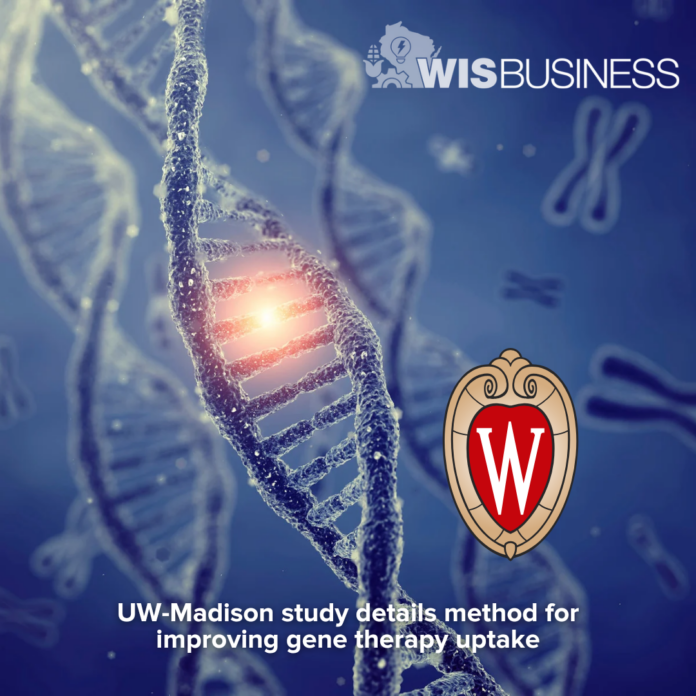UW-Madison engineers have developed a method for improving the body’s uptake of certain gene therapies through controlled electrical stimulation.
In a recent study published in the journal PLOS ONE, electrical engineering researchers found that delivering harmless pulses of electricity to liver cells caused them to absorb 40 times as much gene therapy than those that weren’t shocked.
This type of therapy uses genetic material to prevent or treat certain diseases. One such therapy focused on Type 1 diabetes was developed by the late Hans Sollinger, a UW-Madison transplant surgeon who died last year.
After creating the strategy — which involved delivering genetic code to the patient’s liver cells to foster insulin production — he partnered with UW-Madison Profs. John Booske and Susan Hagness on the project, according to a release from the university.
“What we started talking about was local, targeted delivery and whether there was a way of getting the treatment DNA directly into the liver without passing it through the entire body and triggering the immune system,” Hagness said in the release. “And whether we could use electric pulses in order to make this delivery process more efficient and dramatically reduce the dose needed.”
Using gene therapy virus particles to deliver a fluorescent green protein, PhD student Yizhou Yao demonstrated that cells exposed to an 80-millisecond electric pulse took in much more of the highly visible proteins. But Booske notes the research team still isn’t sure exactly how the electrical pulses are helping the virus pass through the cell membrane.
While he says they’re likely opening miniscule “nanopores” in this structure, the researchers aren’t sure if that’s what’s causing the large increase in uptake.
“Yao got this remarkable result, and it dawned on us that virus particles are in general bigger and more complex than bare molecular particles and they already have their own way of getting inside cells,” Booske said. “So, we don’t really know if it’s the pores opening that has anything to do with it directly or indirectly.”
The researchers continue to advance the technique and are seeking external funding, according to the release, and eventually expect to bring it to the clinical trial stage.
See the release.






